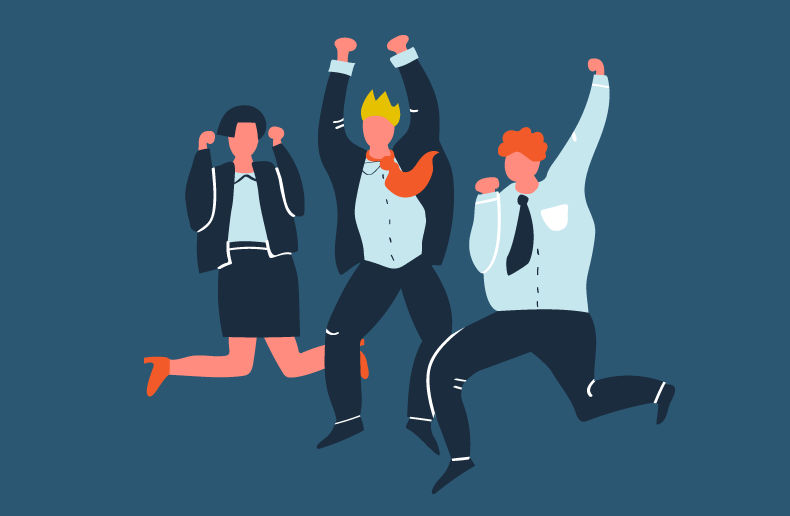When an employee needs to take disability leave for mental health reasons, how an employer or manager handles their return can make a significant difference in the successfulness of their reintegration and return to productivity.
Marc Avaria, vice president of product and disability management with Medavie Blue Cross says there is a risk when employees leave temporarily, that they will become disconnected from their work, workplace and their managers in a way that makes it difficult to return.
Maintain communication and engagement
“If an employee does need to take time off, companies should look for ways to maintain communication and engagement throughout the period of absence. This will go a long way in helping with the transition back into the workplace when the time is right,” he adds.
Whether leaders are engaging a single affected employee, or working to engage an entire team as they go about their business and perhaps return to work following the pandemic, there are resources that can help.
Mary Ann Baynton, director of collaboration and strategy for Canada Life’s Workplace Strategies for Mental Health, says one such resource is the Workplace Strategies’ Back to work checklist for mindful leaders. (The checklist is one of hundreds of free resources the company has made available for anyone to use.)
In the mindful leaders’ checklist, the group recommends leaders validate the range of emotions about returning to work that an employee is likely to feel and acknowledge that the return to work might be stressful. They also recommend leaders ask employees or teammates to share their fears and concerns about returning to work and ask employees what protections they feel they need. Other suggestions include celebrating and recognizing your team members’ efforts every day.
“Talk about how it feels,” they write. “Every week (or more often if you can), take time to discuss how people are doing. This is about more than just how their job is going.”
Although the experts recommend against becoming an armchair therapist – not the leader’s role – they do suggest and recommend that leaders listen carefully, and instead become a conduit of information about relevant employee benefits and resources that may help when an employee is struggling.
COVID-19 related distress
In determining who might need those benefits and resources, some research suggests that a past history with mental illness does not necessarily mean those employees are at greater risk of COVID-19 related distress. “All employees are at equal risk,” say Canada Life researchers who conducted surveys with 1,600 employed Canadians. “There was no statistically significant difference of COVID-related distress between employees who have experienced mental health issues in the past and those who haven’t.”
The research also shows that some employers have risen to the pandemic mental health challenge: 68 per cent of those surveyed said they felt supported by their employers throughout the pandemic. A smaller sample of survey respondents were then asked open-ended questions. Among those who responded, 86 per cent said social check-ins, flexible work arrangements and access to mental health resources were more helpful than financial support. “Only nine per cent indicated things like bonuses and pay raises helped support their mental health,” they write.
Survey respondents further told researchers that the most helpful mental health supports they received from their employers included direction towards mental health-specific resources, like information on existing or available tools or services, followed by flexible work arrangements and frequent communications or check-ins via video conferencing, email and other electronic social mediums.
Taken together, all of it would seem to reflect a notable difference in attitudes about mental health – an improvement over the days where employers would only consider the issue in the face of a diagnosis and the accompanying human rights duty to accommodate.
Optimizing performance
Baynton says what employers are discovering is that accommodations made to help individuals with depression and anxiety to thrive in the workplace, for example, ultimately allow everyone in the workplace to thrive. “Low cost, or no cost changes to how people interacted helped everybody,” she says.
“When you invest in the energy and the focus of your employees, you can optimize their ability and optimize their performance.” - Mary Ann Baynton
“There are employers that just inherently care about the well-being of their employees, but there is another reason to be concerned about the mental health of employees. That is, you can maximize their energy and their focus. Our emotional energy, our ability to focus, our ability to think, it is all connected to our mental health. You can maximize that and end up with the most productive, most sustainable employee base. It is good for business and it’s the right thing to do,” she adds.
“I think maybe the old school thinking is that if we are going to be invested in employee mental health, we need to lower expectations. But the truth is, when you invest in the energy and the focus of your employees, you can optimize their ability and optimize their performance.”





